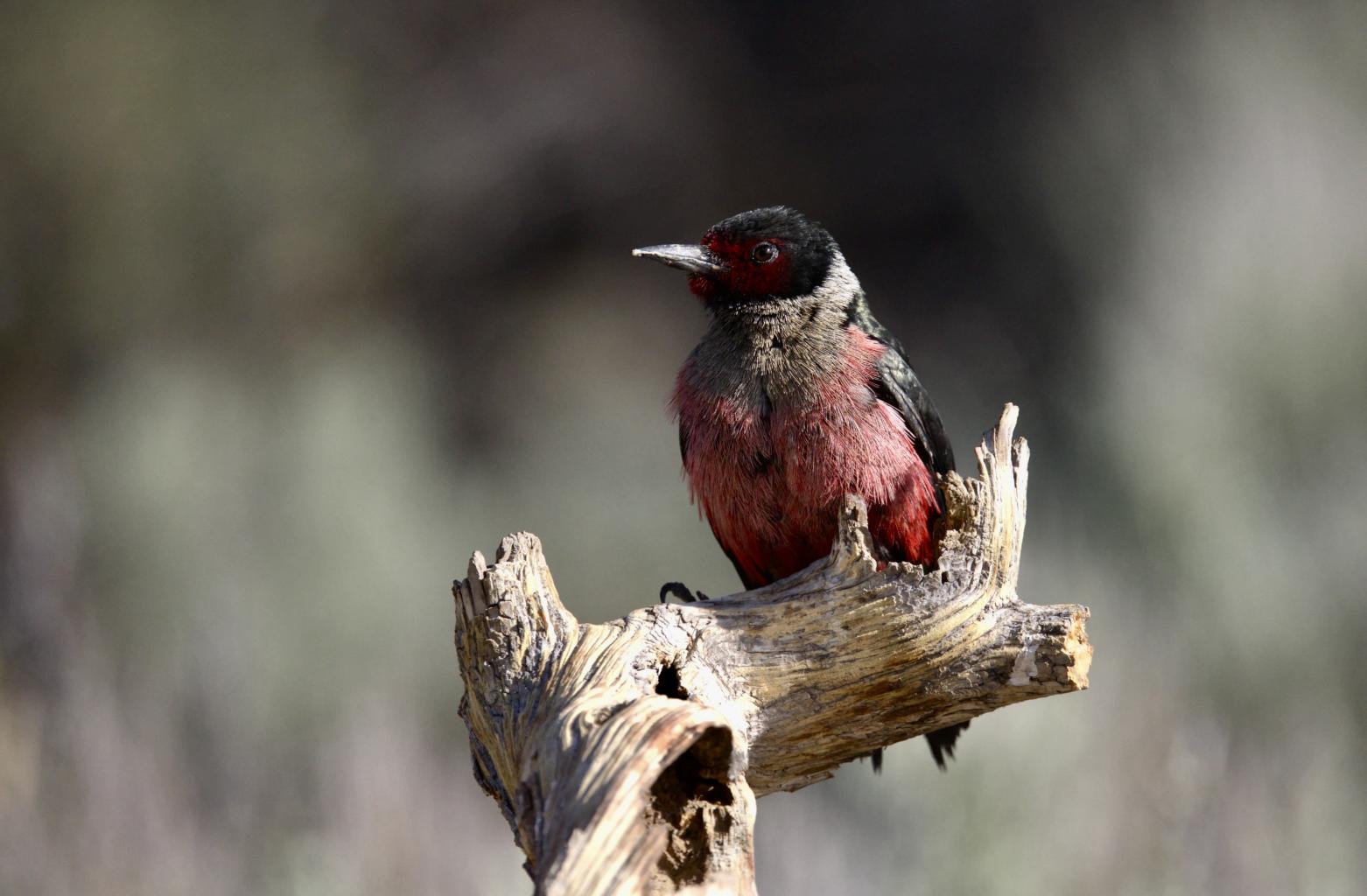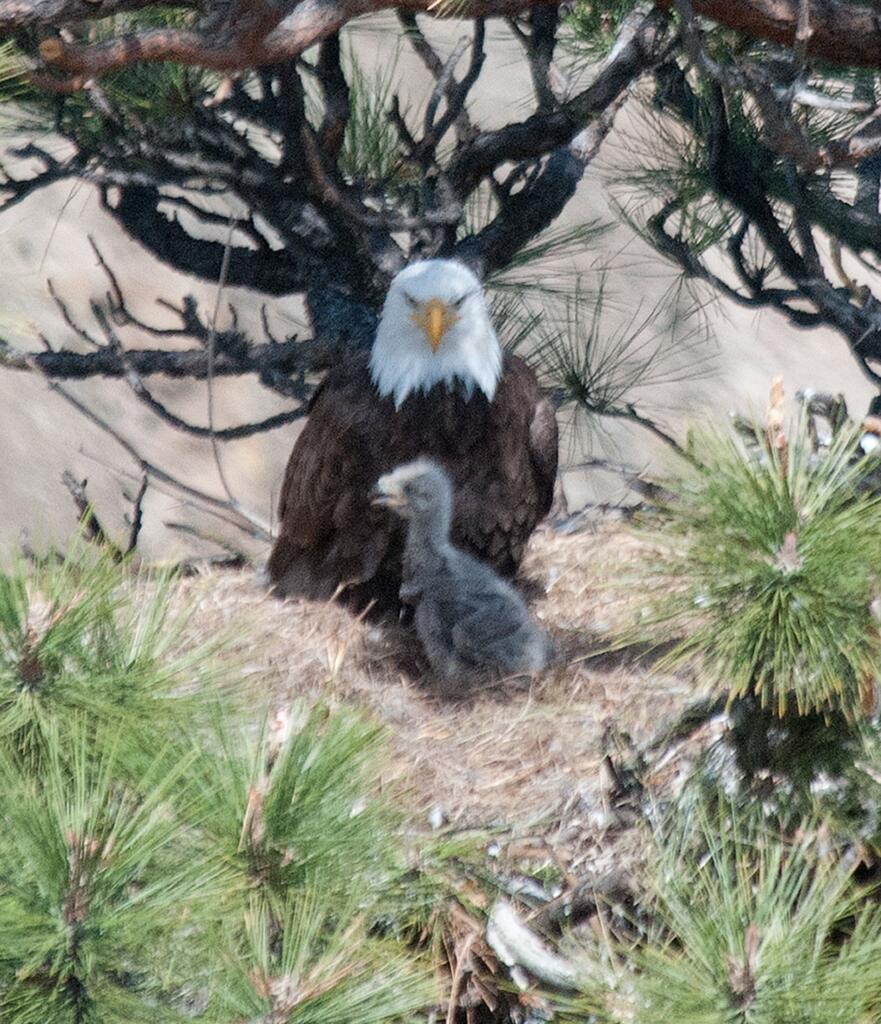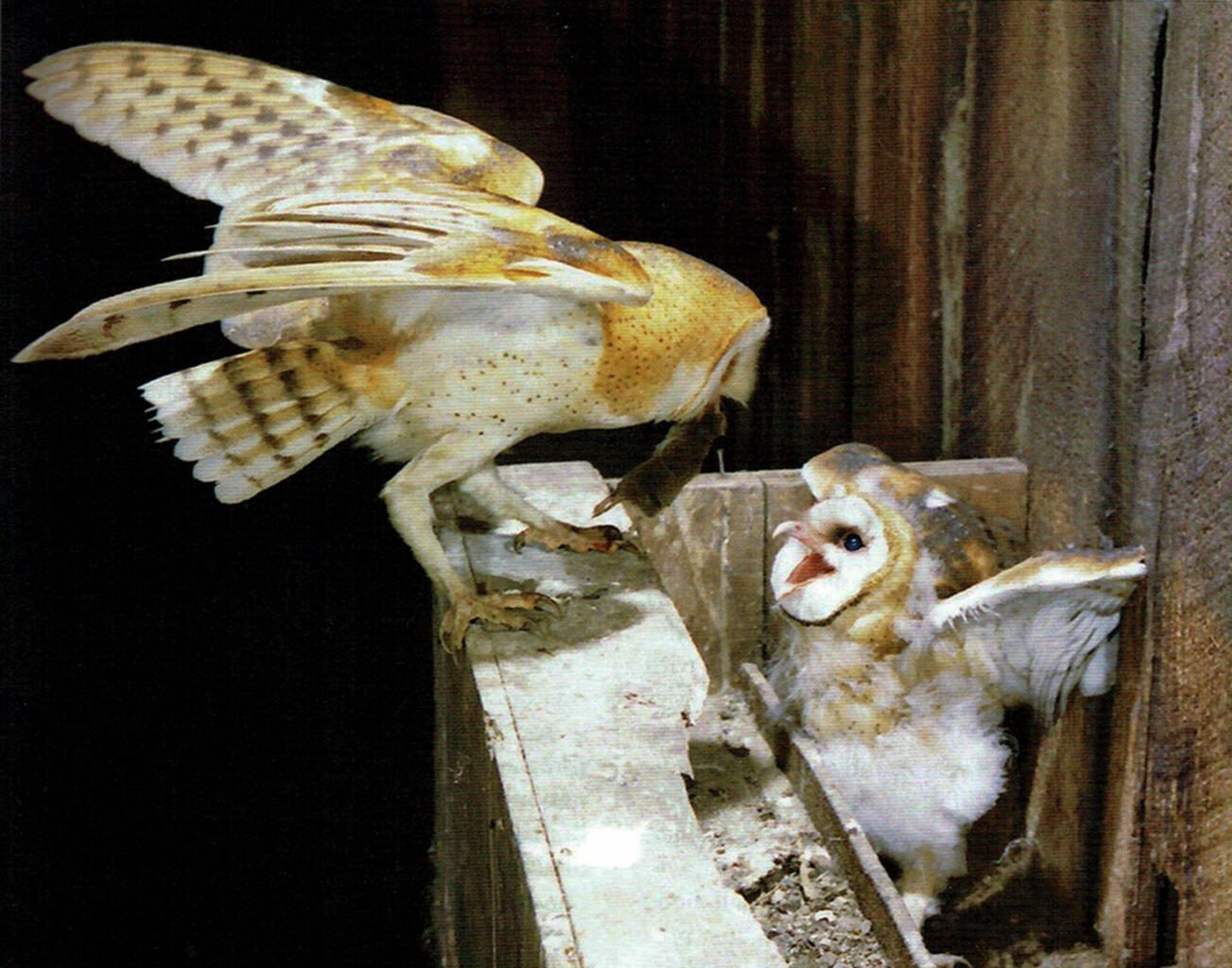One of East Cascades Bird Alliance’s core values is to ensure that our passion for observing and studying birds never interferes with their ability to thrive.
We seek to practice and promote respectful, enjoyable, and thoughtful birding as defined by the American Birding Association’s (ABA) Code of Birding Ethics. We recommend that all birders use and review the Code of Birding Ethics on a regular basis to guide their birding activities. The full Code of Birding Ethics can be viewed and downloaded, in English, Spanish, and French from the ABA website:
While birding, keep in mind these general guidelines to help protect birds and their habitats:
- Minimize disturbance of birds, especially sensitive and threatened species and nests, by keeping your distance.
- Leave dogs at home when possible. If accompanied by a dog, make sure it is on a leash. Dogs can disturb birds and other wildlife and especially pose a risk to ground nesting ground-nesting birds. (Read ECBA’s dog policy for programs, projects, and field trips here.)
- Drive slowly and cautiously. Stay on designated trails and roads. Do not trample vegetation.
Do not share nest locations of sensitive species. - Limit use of pishing and playback audio recordings particularly during breeding or nesting season. Do not use these methods in heavily birded areas or for sensitive species.
- Respect private property rights; only enter with express permission.
- Bird in group sizes that are appropriate for the habitat and activity already present in an area.
- Don’t point binoculars towards other people or directly into windows or personal spaces such as backyards.
- Be polite and courteous of those you encounter while birding. Be considerate and respectful of all group members while encouraging and sharing your knowledge with beginners.
Guidelines adapted from eBird.
Ethical Bird Photography and Videography
Although the ABA Code of Ethics extends to bird photography and videography, the National Audubon Society has created specific guidelines to ensure that bird photos and videos are shot responsibly without causing unnecessary stress to birds.
- Avoid disturbing birds by using telephoto lenses or blinds.
- If your approach or behavior causes a bird to change its behavior, you are too close. Never purposely advance on birds to make them fly.This disrupts their natural behavior and causes them to expend energy unnecessarily.
- Avoid the use of flash, especially on nocturnal birds.
- Remove GPS data from images of rare/sensitive species like owls. Before sharing locations of specific birds with others, consider the impacts on the bird and their habitat.
- Never lure birds with bait. Baiting can change the behavior of predatory birds.
- Use playback sparingly and never with endangered birds or birds at a critical point in their nesting cycle.
- Be mindful about sharing and captioning your photos and images online and in social media.
View the complete Audubon Guide to Ethical Bird Photography and Videography here.
Guidelines for Viewing Greater Sage‐Grouse Leks in Central Oregon
These guidelines were developed specifically for the Central Oregon Greater Sage‐Grouse population and are much more conservative than one might find for more robust Sage‐Grouse populations.
When to Visit
- The first two weeks of May tend to be the least impactful time to visit Sage‐Grouse leks in Central Oregon. Not only has most breeding been completed, weather tends to be better for viewing during early May and many males still remain very active at lek sites. March 15 through April 30 is peak breeding; we recommend you not visit prior to or during this time.
- Additionally, in order to avoid resource damage, postpone viewing if roads are muddy.
- Do not visit near a full moon as birds sometimes display all night due to the additional light.
- Arrive at the lek at least one hour before sunrise. Arriving late will likely disturb birds.
- Leave pets at home.
Viewing Etiquette
- If you have multiple people visiting the lek, please carpool to limit the number of vehicles visible from the lek.
Stop more than one mile away from lek, empty bladders, organize gloves, cameras, binoculars, and clothing.
Don’t get out of your vehicle; use it as a blind. Lower windows and turn off cell phones, radios, etc. Then proceed to your viewing location. - Talk in whispers or low voices. Turn off vehicle lights and engine. Do not turn on your engine to warm up. Come dressed warmly.
- Do not make loud noises or sudden movements, including opening and shutting vehicle doors or trunk lids. Since you are not getting out of your vehicle, this should not be an issue.
- Watch the lek from as far away as possible, and at least 100 yards from its edge. The farther you are from the lek, the less likely it will be disturbed by your visit.
- Use binoculars and spotting scopes to watch birds from your vehicle.
- Do not leave until birds leave. Sometimes this can be several hours after sunrise, so be prepared.
- Never use electronic playback of calls.
- Do not use photo flashes, artificial lights, or flashlights. Arrive with car lights off or only running/parking lights if needed.
- There is no camping or off‐road vehicle use near a lek.
Important Reminders
- Report any and all wildlife disturbance or harassment to ODFW at 541‐388‐6363, or Oregon State Police Game Division at 541‐617‐0617.
- Do not trespass on private lands.
- Behavioral cues that indicate you are disturbing grouse include males stopping their displaying; birds flushing from lek; crouching down; or looking at you.
- Understand that while males may keep displaying, this DOES NOT justify moving closer.
- Uninterrupted display behavior is closely linked to successful breeding and a future brood of chicks.
- Do not report or post the location of any lek via the internet or to any electronic site or online birding sites (e.g., ebird.com) without agency or owner agreement.
- Do not post photos that indicate the GPS location of a lek in metadata.
- Always practice ethical and responsible wildlife viewing (see American Birding Association’s Code of Ethics) and only from designated distances or established viewing areas.
These guidelines were developed collaboratively by East Cascades Bird Alliance, Oregon Department of Fish and Wildlife, Prineville District of the Bureau of Land Management and U.S. Fish and Wildlife Service.




